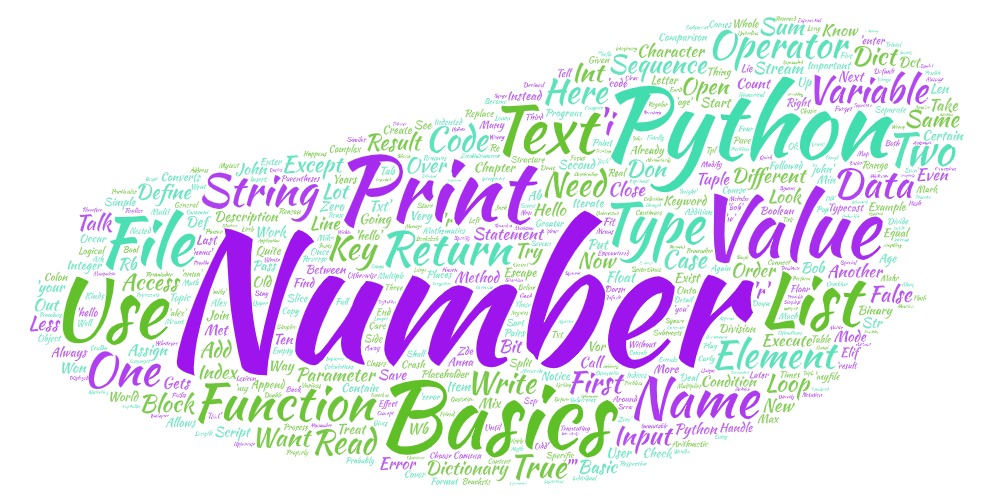Python Strings Basics
Introduction to Python Strings

STRINGS
A string defines characters sequences. Strings always need to be surrounded by quotation marks. Otherwise the interpreter will not realize that they are meant to be treated like text. The keyword for String in Python is str .
Traversing a String
# Traversing
name = "Welcome"
for ch in name:
print(ch, '-', end = ' ')
# Reversing a string## W - e - l - c - o - m - e -name = "Reverse me"
# The Slice notation in python has the syntax -
# list[<start>:<stop>:<step>]
# So, when you do a[::-1], it starts from the end towards the first taking each element. So it reverses a. This is applicable for lists/tuples as well.
print(name[::-1])## em esreveRlgth = len(name)
for a in range(-1, (-lgth-1), -1):
print(name[a])
## Split the string into a list of characters, reverse the list, then rejoin into a single string## e
## m
##
## e
## s
## r
## e
## v
## e
## Rprint(''.join(reversed("Hello world")))## dlrow olleHChecking identities of two strings
You use == when comparing values and is when comparing identities.
lang = ['Java','Python']
more_lang = lang
print(lang == more_lang) # -> True## Trueprint(lang is more_lang) # -> True## Trueeven_more_lang = ['Java','Python']
print(lang == even_more_lang) #-> True## Trueprint(lang is even_more_lang) #-> False## Falseprint(id(lang))## 842617096print(id(more_lang))## 842617096print(id(even_more_lang))
## 865271048Checking capital letters
The istitle() method checks if each word is capitalized.
print( 'The Hilman'.istitle() ) #=> True## Trueprint( 'The Cat'.istitle() ) #=> False## Trueprint( 'the rice'.istitle() ) #=> False## FalseChecking if string contains another
print( 'A' in 'The string containing A' ) #=> True## Trueprint( 'Apple in' in 'The string containing A' ) #=> False## FalseFinding the index of a substring in a string
print('The'.find('The string containing A'))
## -1

